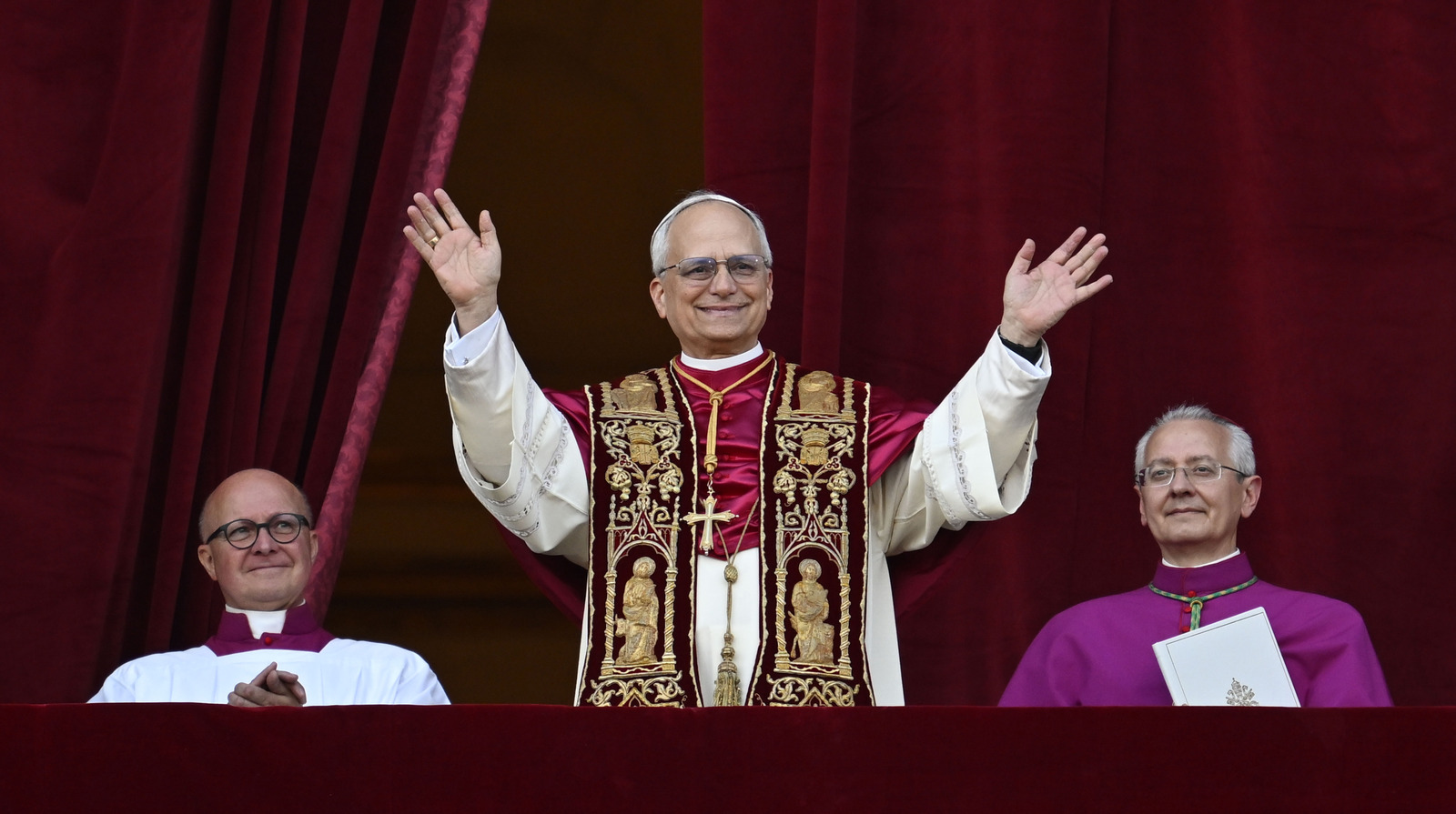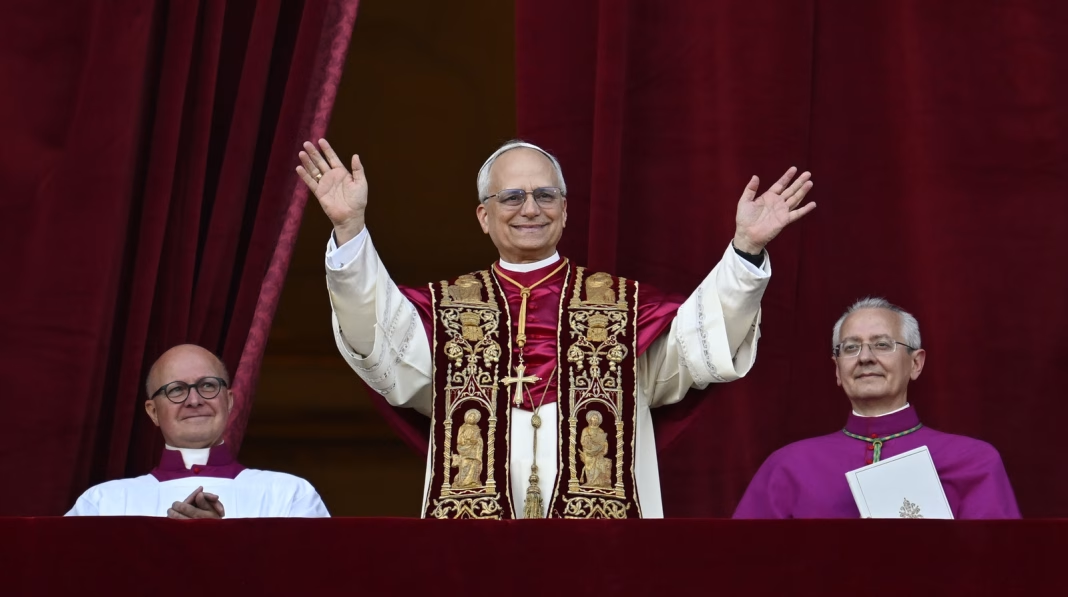When it comes to choosing the right vehicle for someone as high-profile as the Pope, headroom is a non-negotiable factor. Imagine the scene: a crowd of thousands, eager to catch a glimpse of the Holy Father as he glides through the streets in a vehicle that’s not just a mode of transport but a symbol of his mission. The right popemobile needs to be spacious, allowing the Pope to stand and greet the faithful while ensuring he’s safe and comfortable.
What Makes a Great Popemobile?
The ideal popemobile isn’t just about aesthetics; it’s about functionality and symbolism. The vehicle must be tall enough to provide that essential headroom, allowing the Pope to be seen clearly by the masses. This design choice isn’t merely practical; it’s a way to foster connection and accessibility. The Pope’s presence is meant to inspire and uplift, and a vehicle that facilitates that is crucial.
Take, for example, the popemobiles used in previous papal visits. The classic Mercedes-Benz M-Class, modified for Pope John Paul II, featured a raised platform that allowed him to stand and interact with the crowd. This design not only provided the necessary headroom but also created an intimate atmosphere, making the Pope feel closer to the people.
Safety is Key
Of course, safety is paramount. The vehicle needs to be fortified to protect the Pope from potential threats while still allowing him to engage with the public. This balance of security and visibility is a delicate one. The popemobile must be equipped with bulletproof glass and reinforced materials, ensuring that the Pope can fulfill his duties without compromising his safety.
Moreover, the choice of vehicle often reflects the values of the papacy. For instance, Pope Francis has shown a preference for more modest vehicles, emphasizing humility and simplicity. His use of a Fiat 500 during his early papacy sent a powerful message about accessibility and down-to-earth living, resonating with many around the globe.
How Does Headroom Factor In?
Headroom isn’t just about comfort; it’s about the experience. For the Pope, being able to stand and engage with the crowd is vital. It transforms the moment from a mere appearance into a shared experience. The sight of the Pope waving from a tall vehicle can create a sense of unity and joy among the faithful.
In practical terms, when designing or selecting a popemobile, engineers must consider the height of the vehicle, the interior space, and the overall design. The goal is to create a vehicle that not only meets safety standards but also embodies the spirit of the papacy.
Real-World Examples of Popemobiles
Throughout history, various popemobiles have made headlines, each with its unique features. The custom-built popemobile used by Pope Benedict XVI, for instance, was designed with a glass enclosure that allowed for visibility while maintaining security. It was a blend of modern technology and traditional values, showcasing the evolution of the popemobile concept.
Pope Francis has continued this trend, opting for vehicles that reflect his commitment to simplicity and engagement. His choice of a more compact and less ostentatious vehicle has resonated with many, reinforcing the idea that the message is more important than the medium.
The Big Picture
Choosing the right vehicle for the Pope is about more than just transportation; it’s about creating a connection with the people. The emphasis on headroom and visibility underscores the importance of accessibility in the papacy. The popemobile serves as a symbol of hope, unity, and faith, reminding us that even in a world of grandeur, humility and connection remain at the forefront.
The big takeaway? The popemobile isn’t about perfection—it’s about smarter adjustments. Start with one change this week, and you’ll likely spot the difference by month’s end. Whether it’s a vehicle or any other aspect of life, it’s the thoughtful details that truly make an impact.


